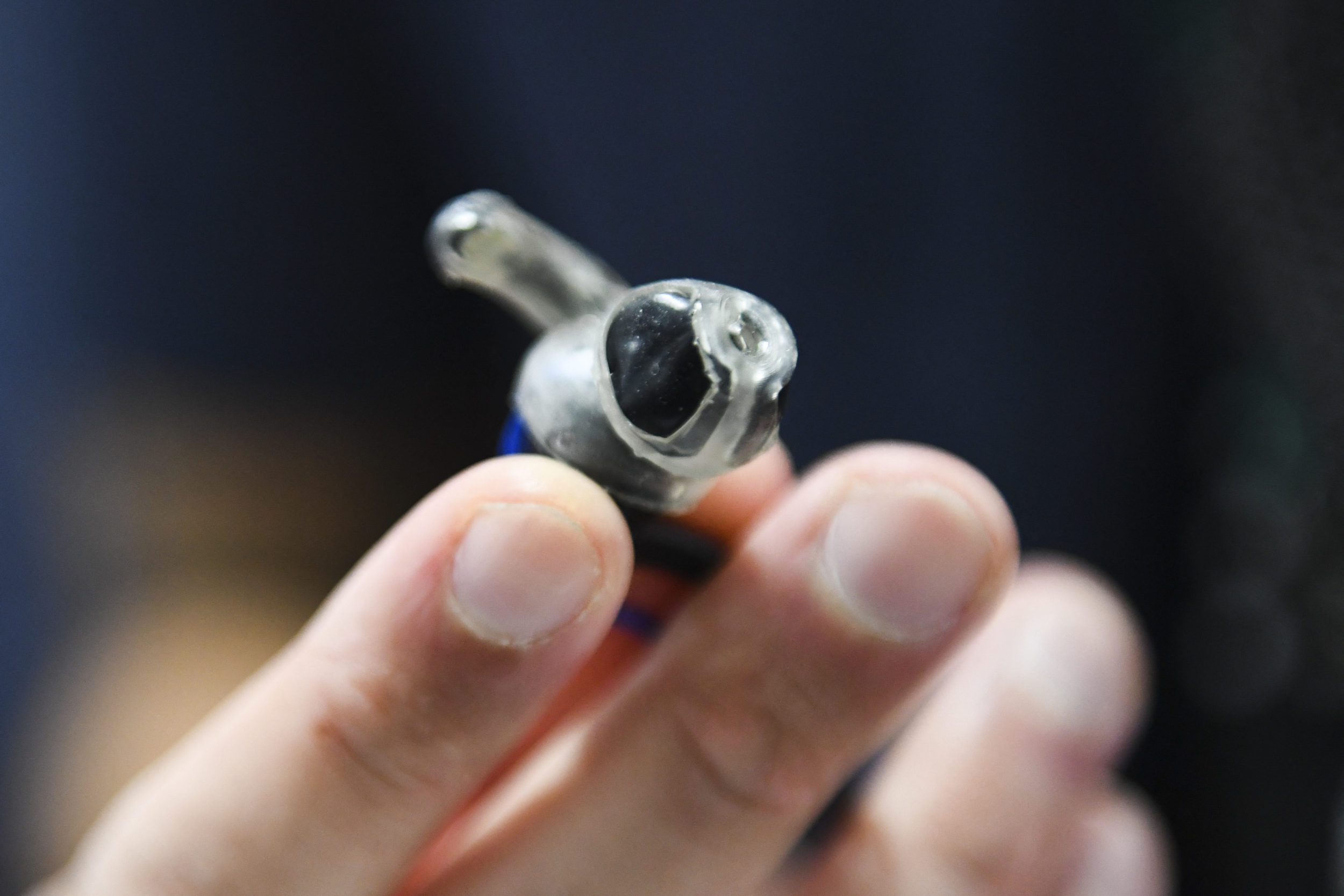From Black Mirror-like robot dogs to brain tech and foldable laptops: Here are some of the CES 2022 highlights.

The CES tech show in Las Vegas closed its 2022 edition on Friday, after pushing ahead with a significantly downsized gathering despite surging Covid cases.
Industry behemoths like Amazon and Google stayed away over the virus risk, but the more than 2,200 firms big and small in attendance still pitched their hopes for the next big thing.
CES 2022 highlights
Dancing robot dogs are here again
The Boston Dynamics robot dogs – the ones compared to the killer four-legged bot in a dystopian “Black Mirror” episode – are back and this time they are going to the metaverse.
Hyundai snapped up the robot maker last year, raising questions about the South Korean automaker might be planning.
To the bright pop of South Korean boy band BTS, the yellow-bodied four-legged tech did a choreographed routine at Hyundai’s booth for a crowd recording every step on their phones.
Watch: Boston Dynamics dogs in action
But the performance also included an animation of a vision for using the robots as the eyes and ears on Mars for people who could then experience the Red Planet in the metaverse.
“The idea behind metal-mobility is that space, time and distance will all become irrelevant,” Chang Song, president of Hyundai Motor Group, said in a statement.
“By connecting robots to the metaverse, we will be able to move freely between both the real world and virtual reality.”
ASUS Zenbook 17 Fold
The Zenbook 17 Fold is the world’s first 17.3-inch foldable laptop and features a “boundary-pushing design”, thanks to the PANTONE foldable OLED touchscreen.

The 2.5K touchscreen is where the magic happens: It folds in the middle to create two seamless 3:2, 12.5-inch 1920×1280 displays.
Couple the foldable screen with the full-size ASUS ErgoSense Bluetooth keyboard and touchpad, and you have a PC, a laptop, and a tablet all in one.
READ MORE HERE: World’s first 17-inch foldable laptop showcased at CES 2022
Mind control
French startup Wisear is working on technology that detects the signals that zip between the brain and certain muscles, in order to use them to operate connected devices.
“Over the past 30 years we have significantly improved the digital power around us but we still use the same tools — keyboards, mouses, touchscreens” to interact with machines, said Wisear co-founder Yacine Achiakh.
“Voice control is coming, but it’s slow, and it doesn’t always work. So we want to create an interface that is inclusive and easy to use,” he added.
At this stage, his team has paired the system with earphones that can recognize the movements of their user’s jaw.
The user can pause the music playing on their cell phone and then restart it by moving their jaw in chewing-like motions.

The idea came to them by observing the progress of Neuralink, a firm that belongs to Tesla chief Elon Musk, and which is conceiving implants to be able to communicate with machines by thought.
“We figured it would be a shame to wait 50 years to have brain implants before allowing people to be able to have a much better way to interact with the digital world that surrounds us,” Achiakh noted.
His company intends to perfect its technology (and expand the range of actions) to sell to the tech industry’s giants.
They will be able to integrate it into headphones but also augmented reality glasses, allowing users to control the display without taking out their smartphone.
Julie Jammot and Joshua Melvin © Agence France-Presse. Additional reporting by Cheryl Kahla.






